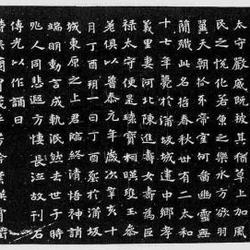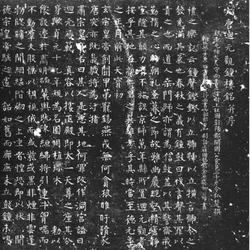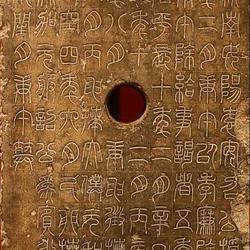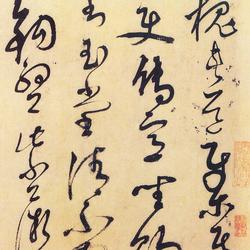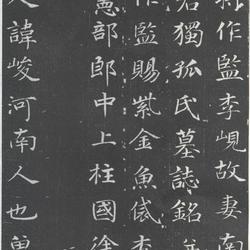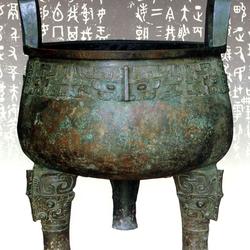The full name of "Li Sixun Stele" is "The Preface to the Shinto Stele Presented by General Youwuwei, General Yunhui of the Tang Dynasty, to the Governor of Qinzhou, Peng Guogong, who posthumously named Zhaogong Lifujun". It is also called "The Stele of General Yunhui" and was written and written by Li Yong. It was built in today's Shaanxi Province in the eighth year of Kaiyuan of the Tang Dynasty (AD 720). "Jin Shi Cui Bian" records: the height of the stele is one foot, one foot, three inches and six cents, and the width is four feet, eight inches and five cents. There are thirty lines of characters in total, with a full line of seven crosses. The text in the lower half of the stele is extremely incomplete. The inscription records Li Sixun's life and deeds. Existing in Pucheng, Shaanxi Province, it is a masterpiece of Li Yong's calligraphy. There are also rubbings handed down.
Li Yong (678-747), also known as Li Beihai, also known as Li Kuozhou, was a calligrapher in the Tang Dynasty. The courtesy name is Taihe, Han nationality, from Jiangxia, Ezhou (now Wuchang District, Wuhan City, Hubei Province). His father, Li Shan, wrote annotations for "Selected Works" (edited and selected by Liang Xiaotong). Li Yong became famous at a young age, and was later called Zuo Shiyi. He once served as a member of the household department, governor of Kuozhou, and prefect of Beihai. He was known as "Li Beihai".
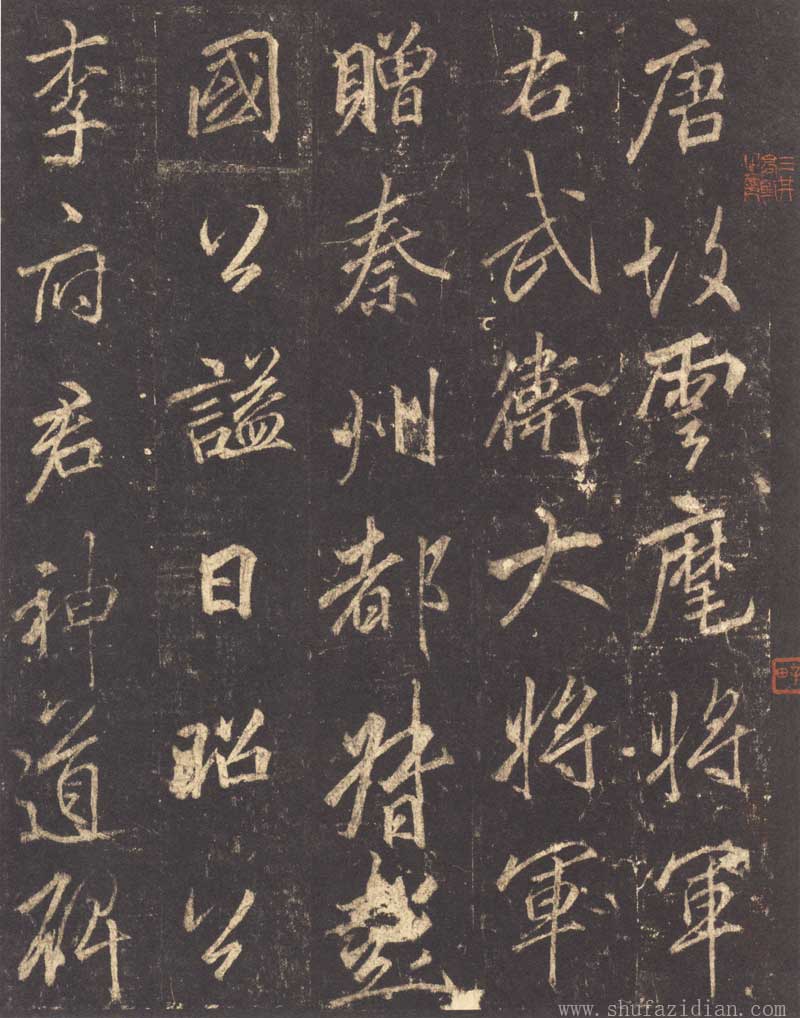
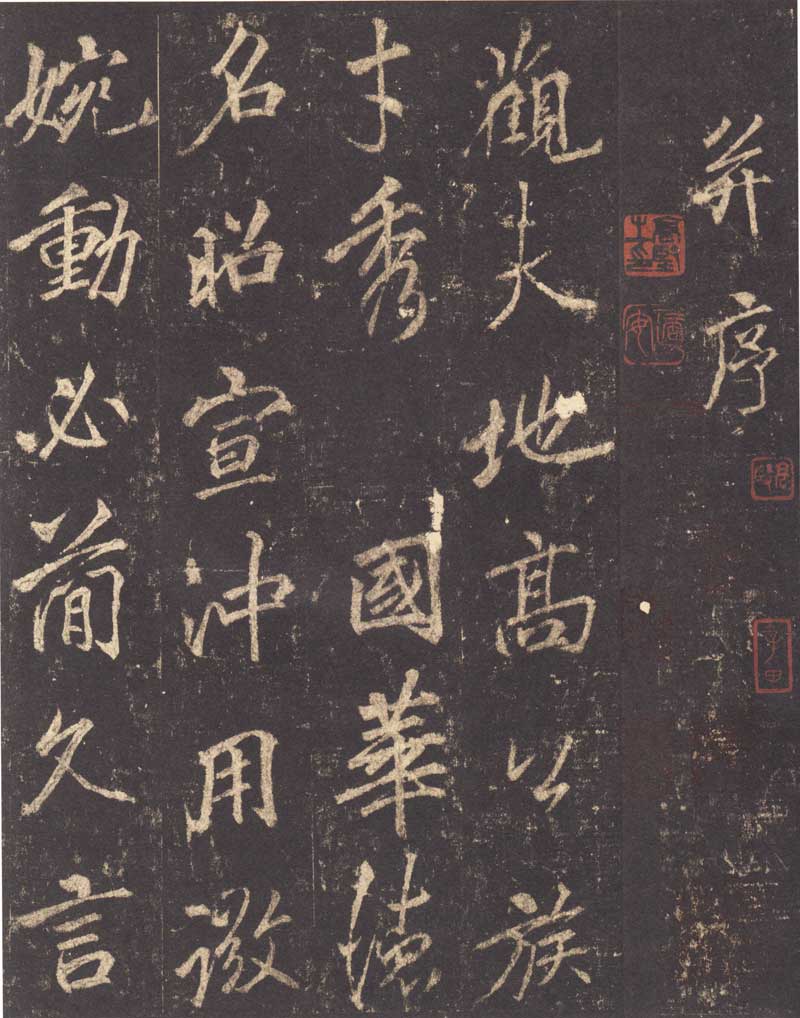
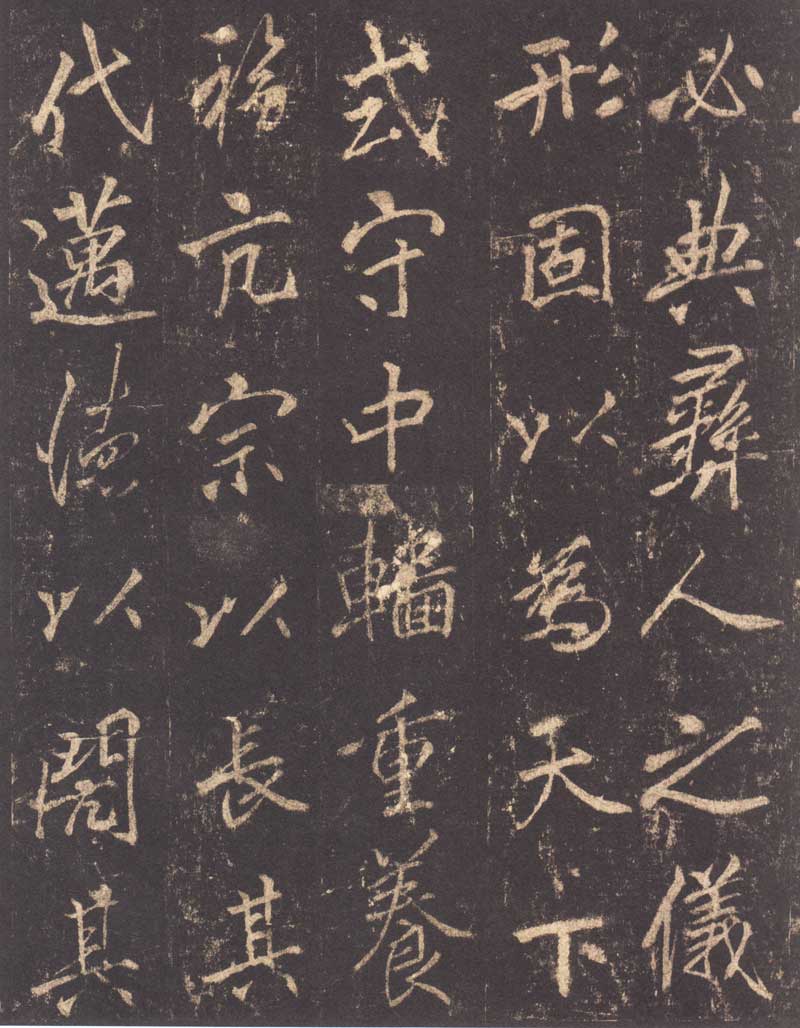
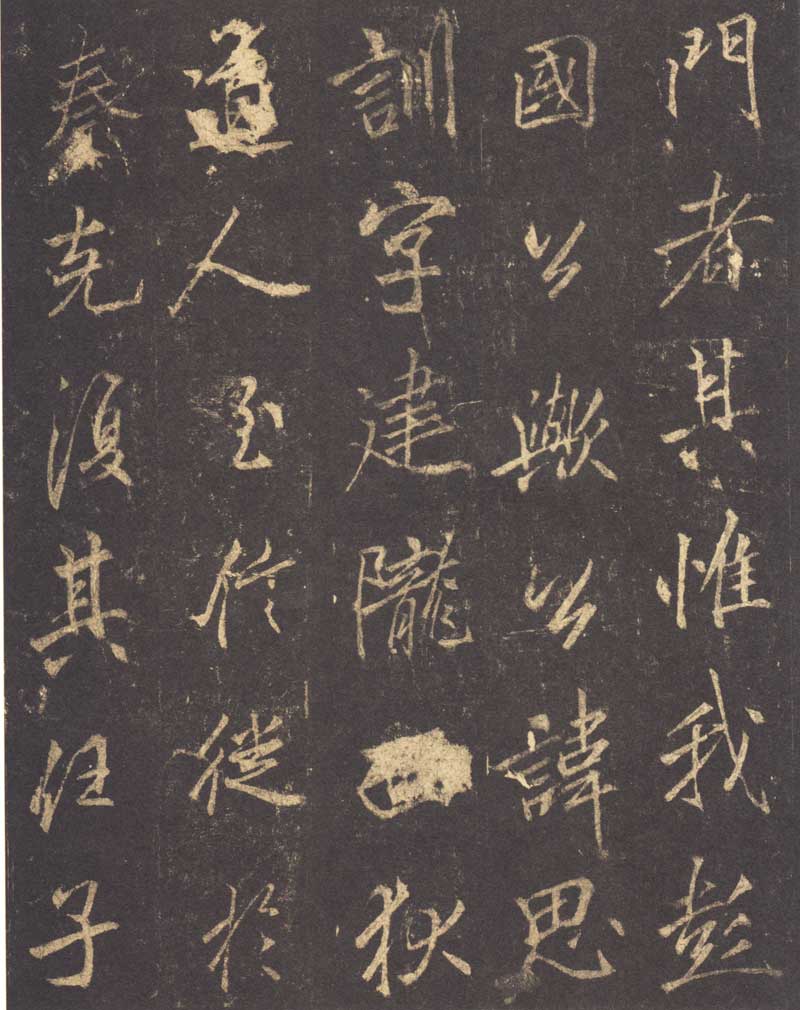
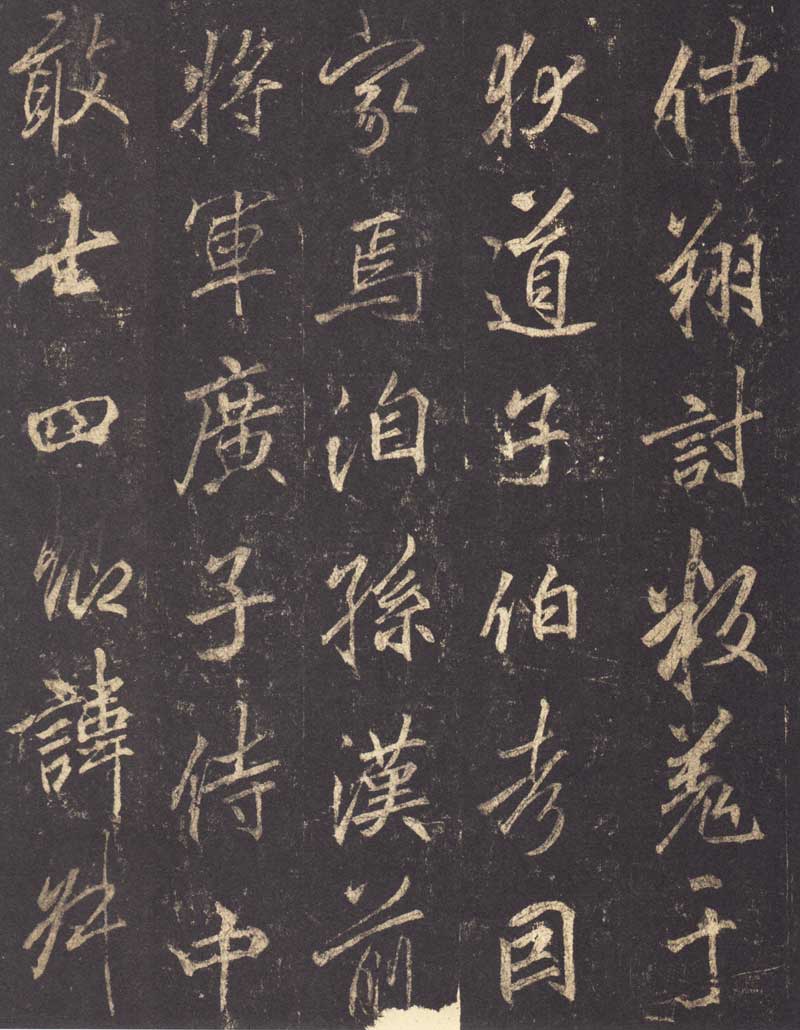
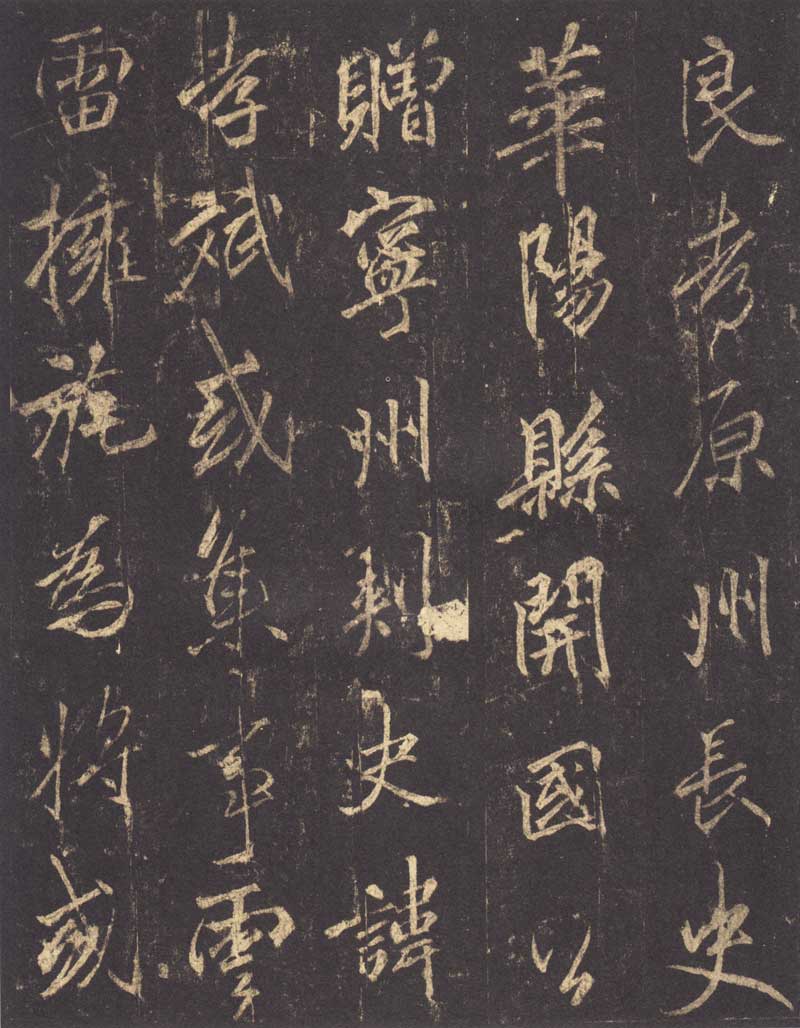
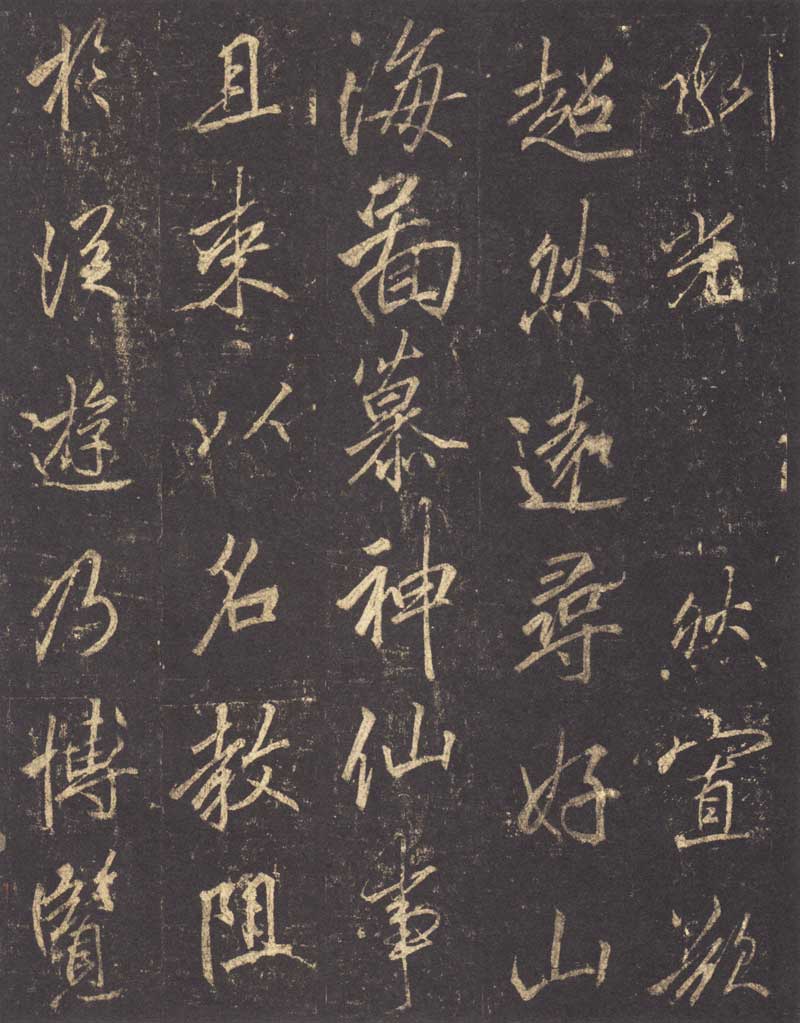
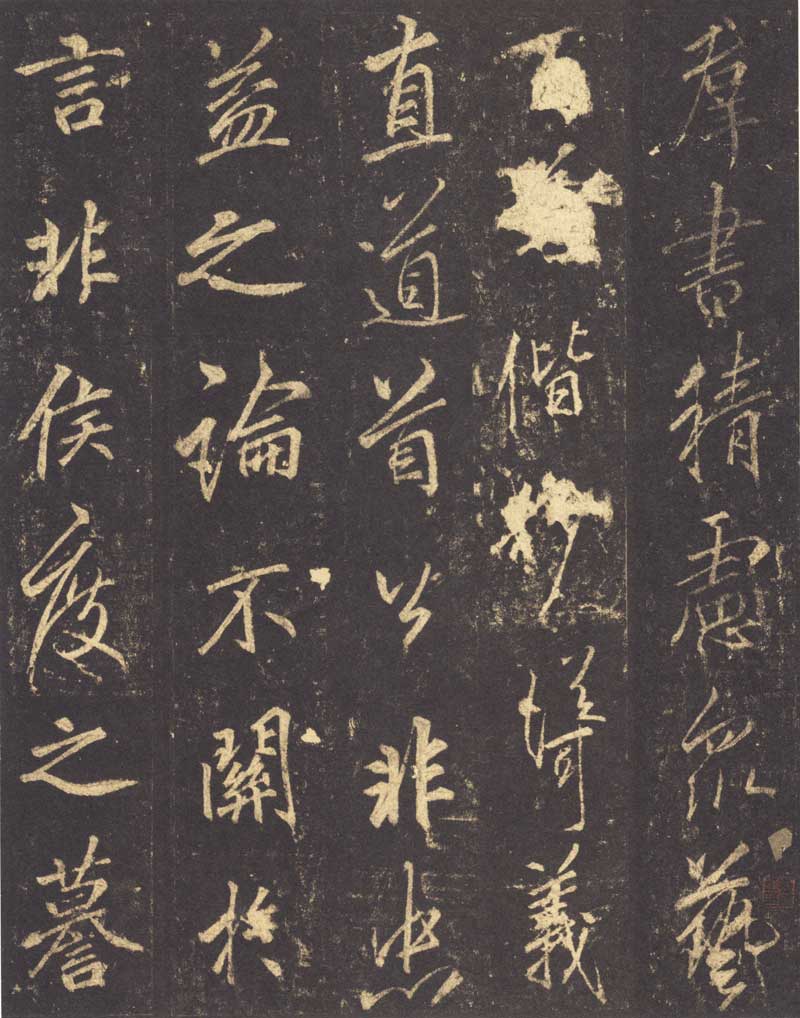
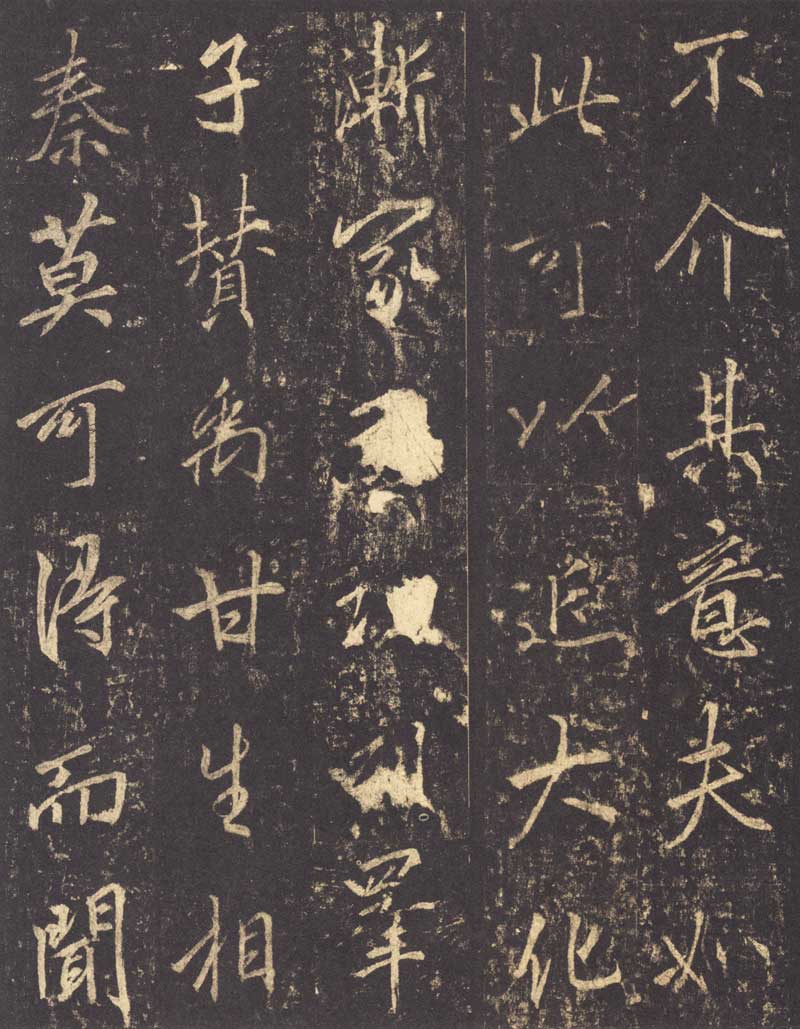
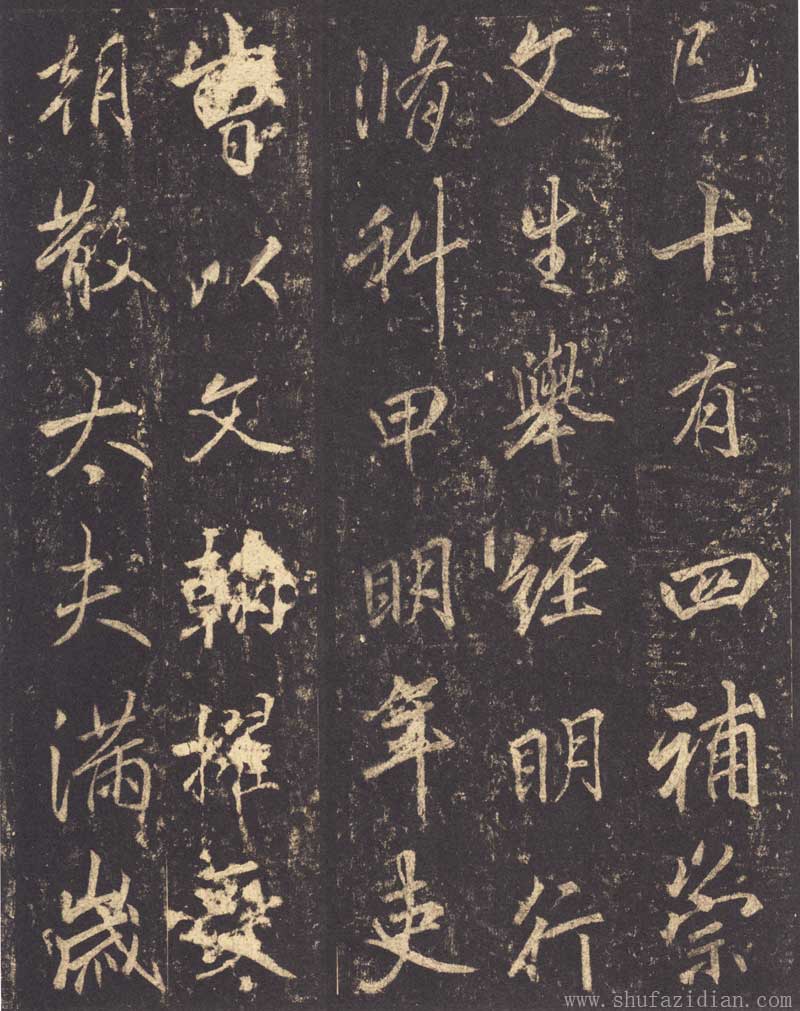
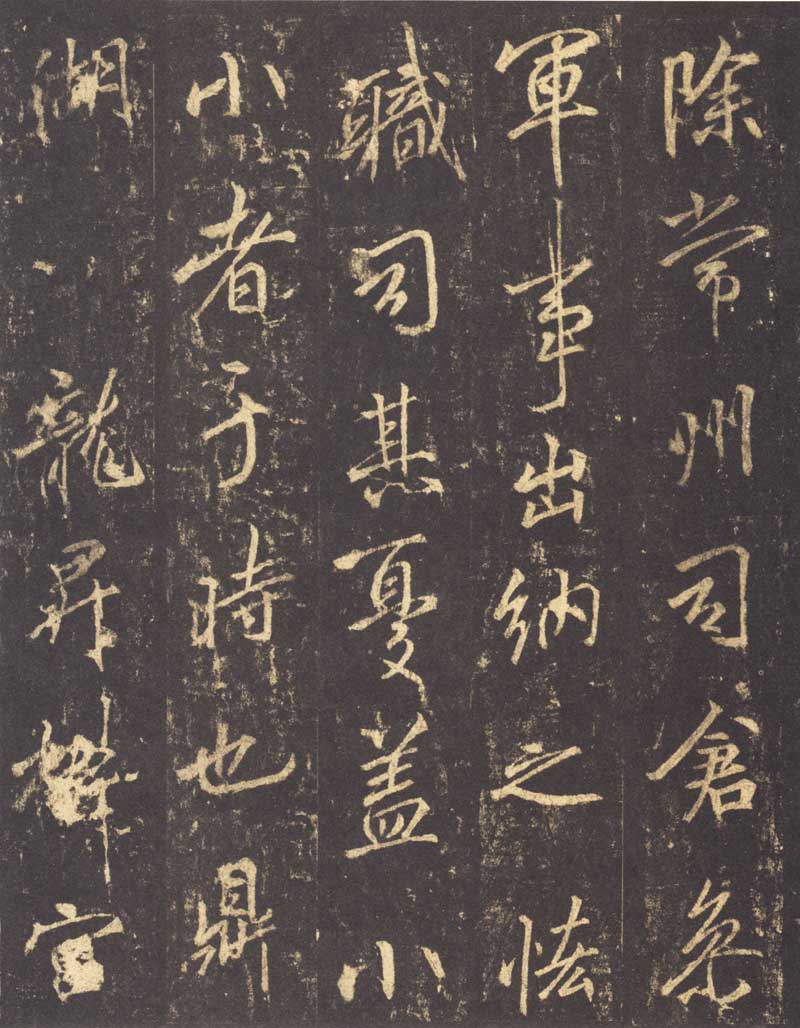
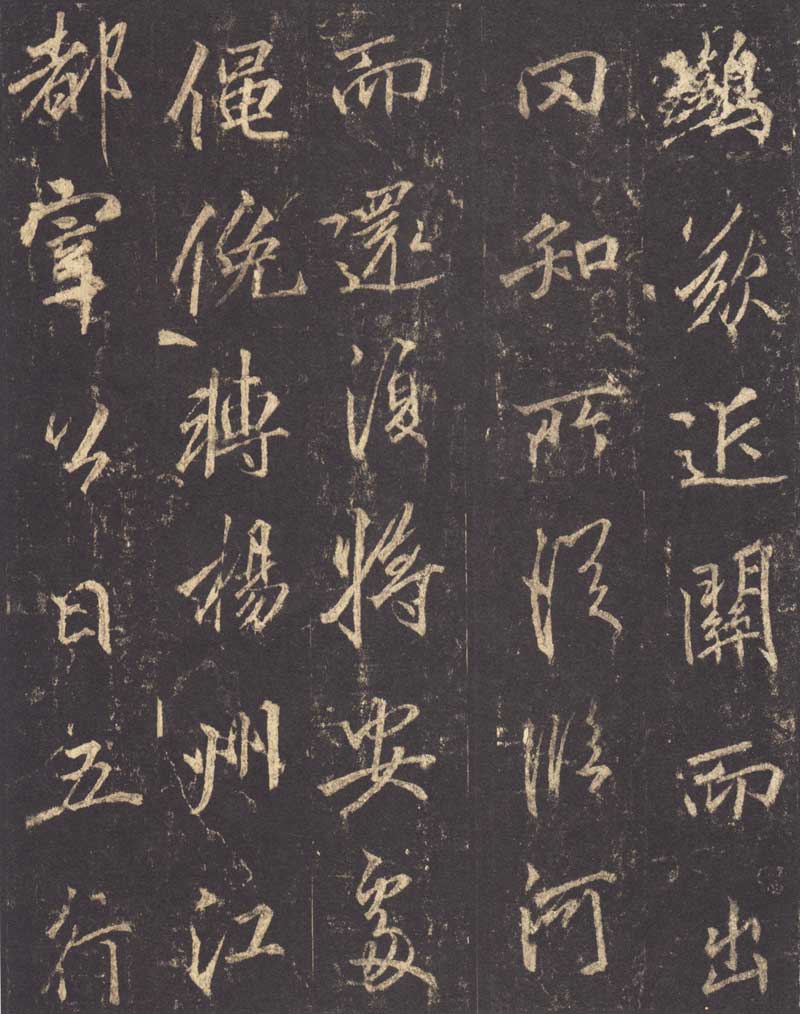
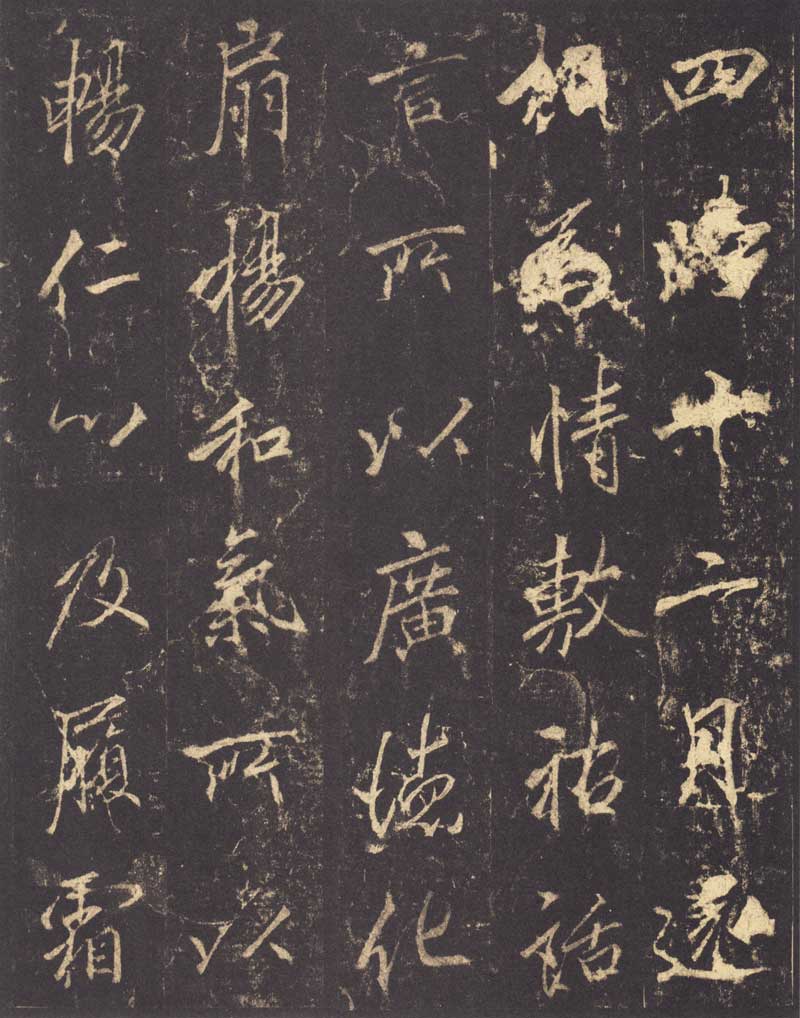
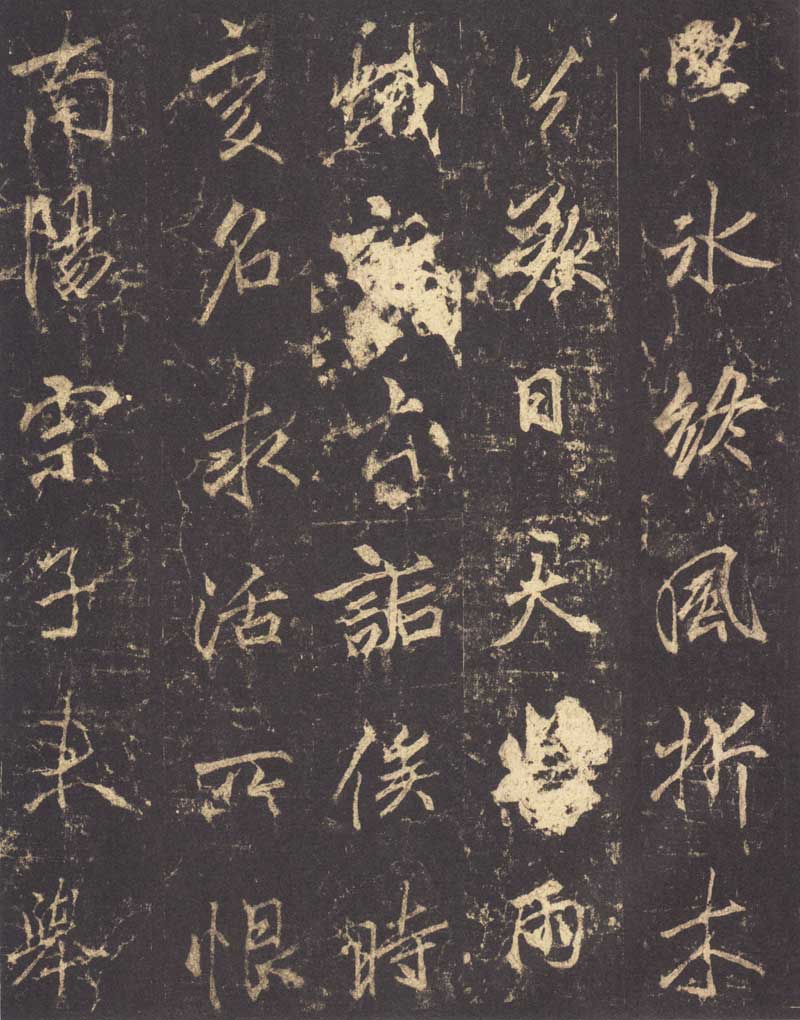
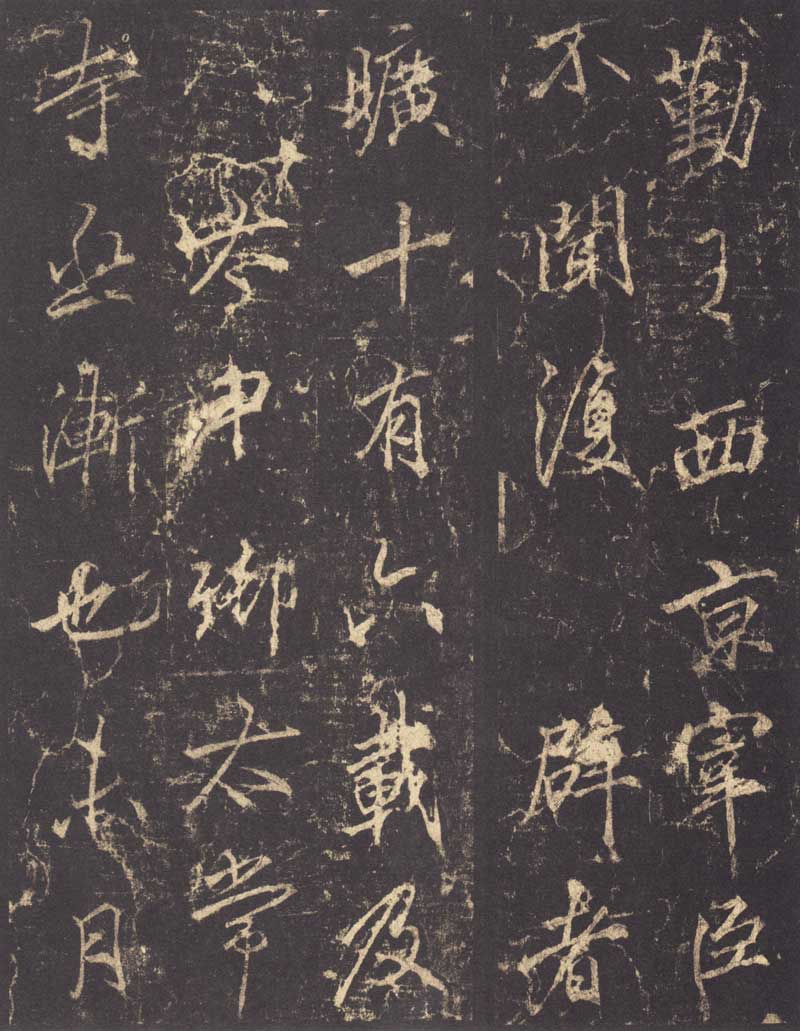
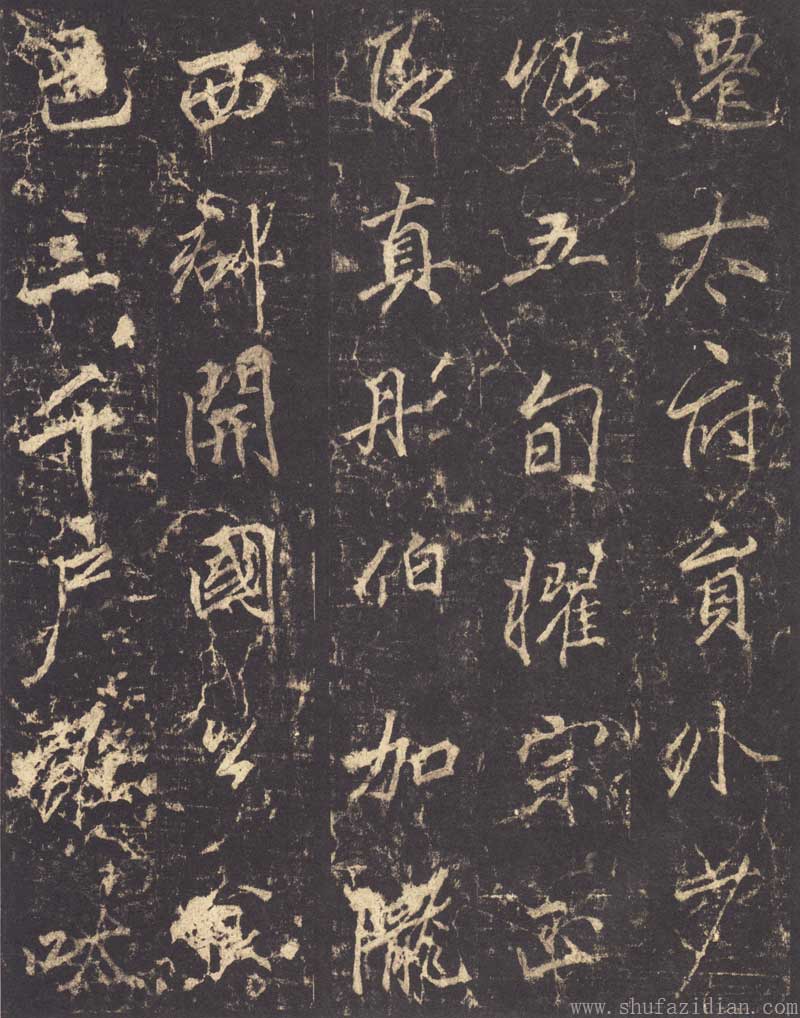
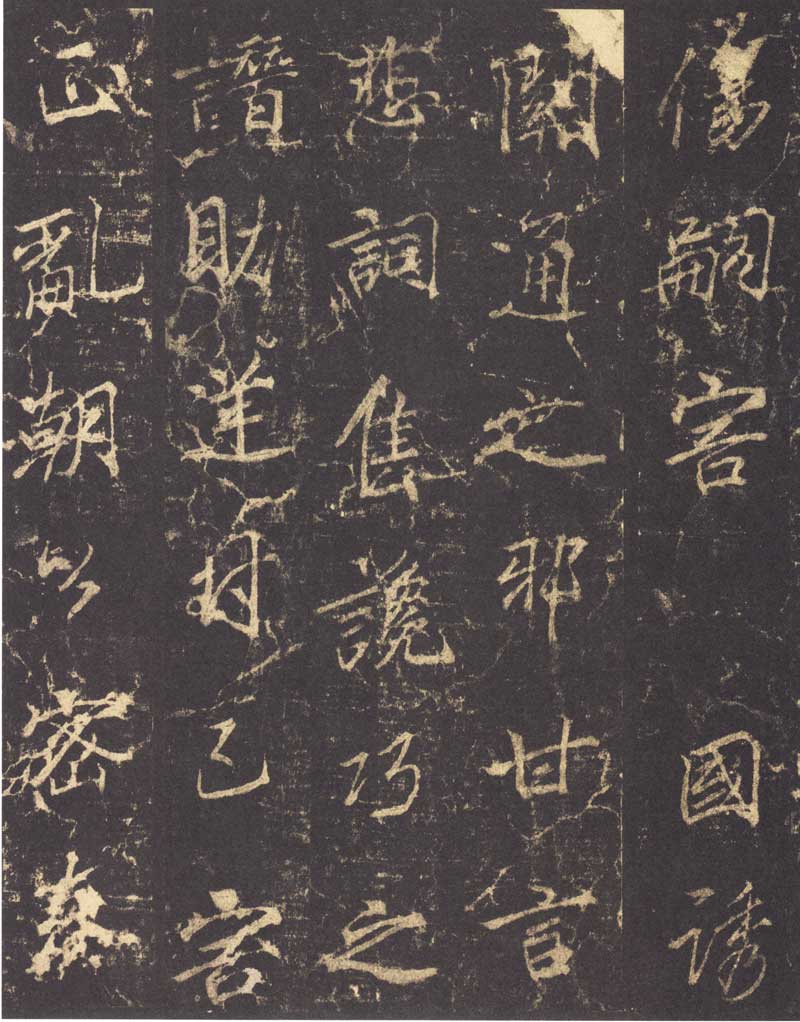
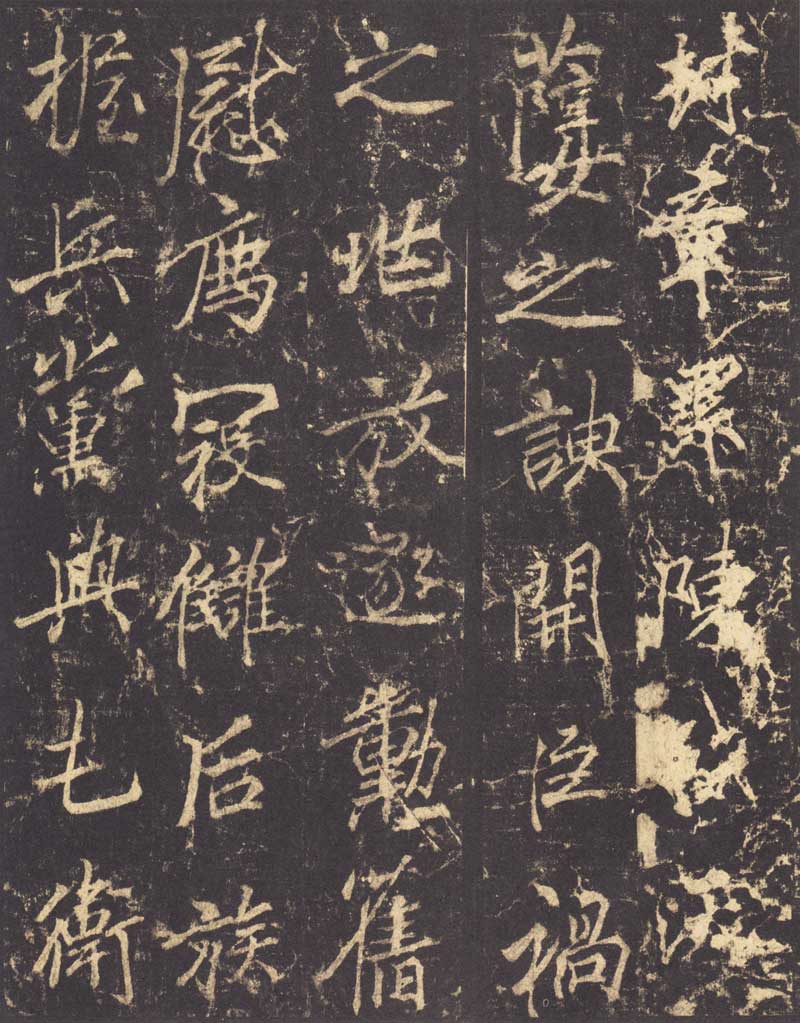
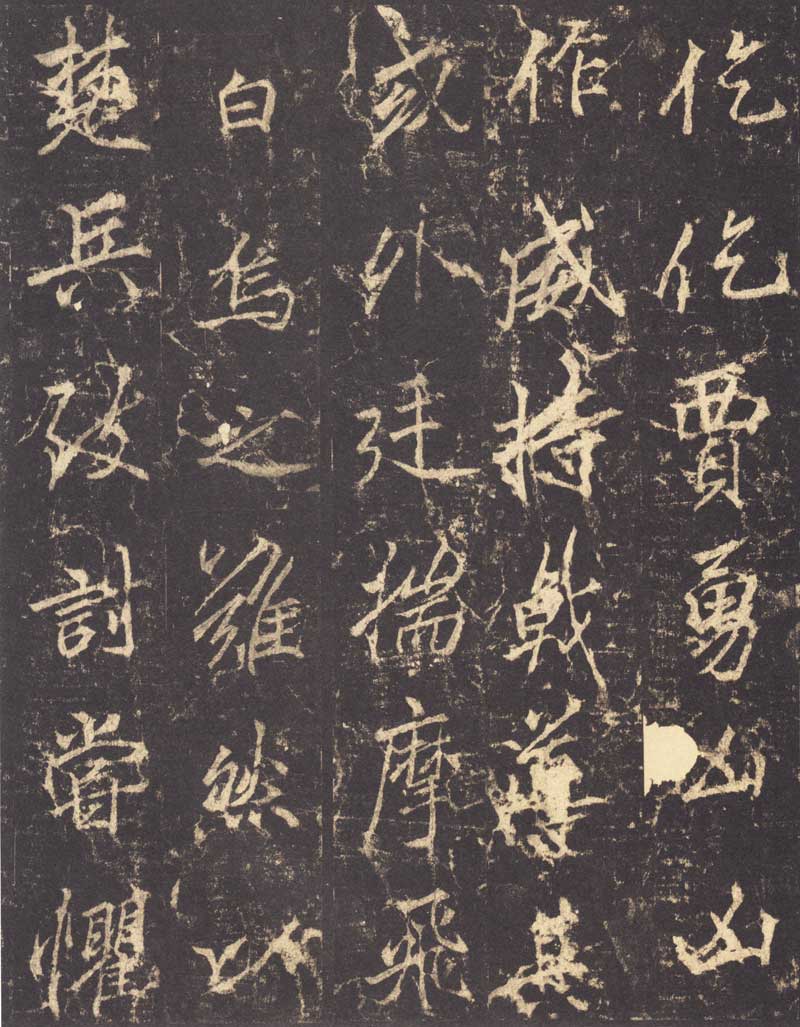
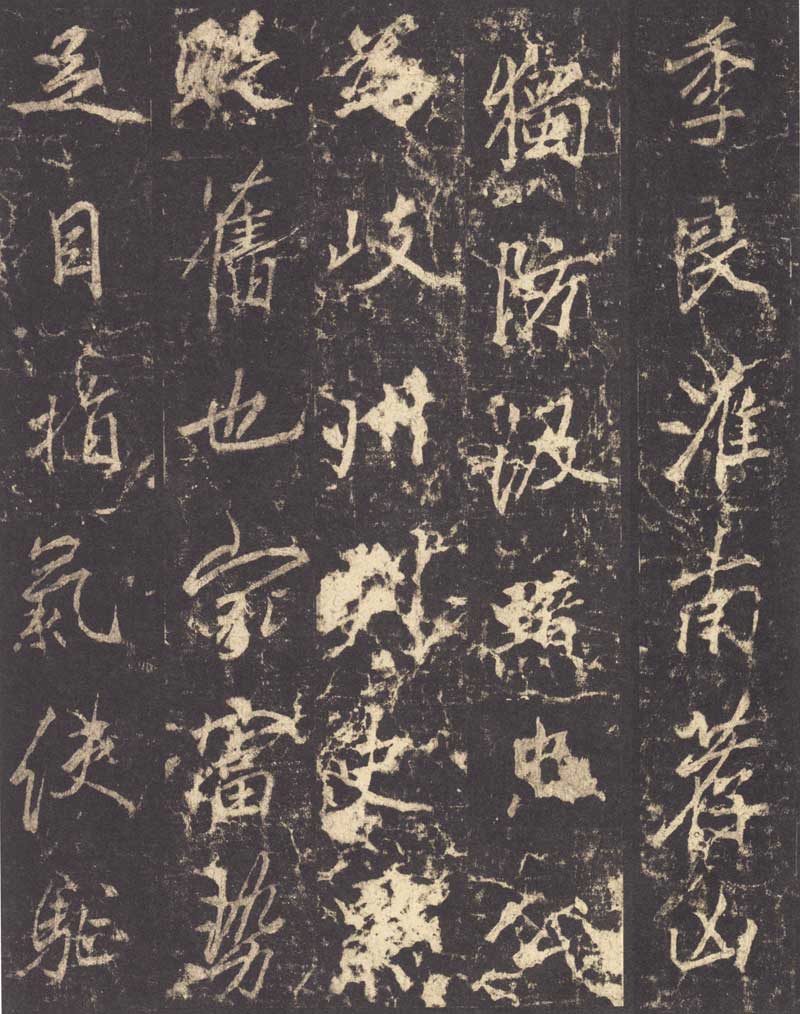
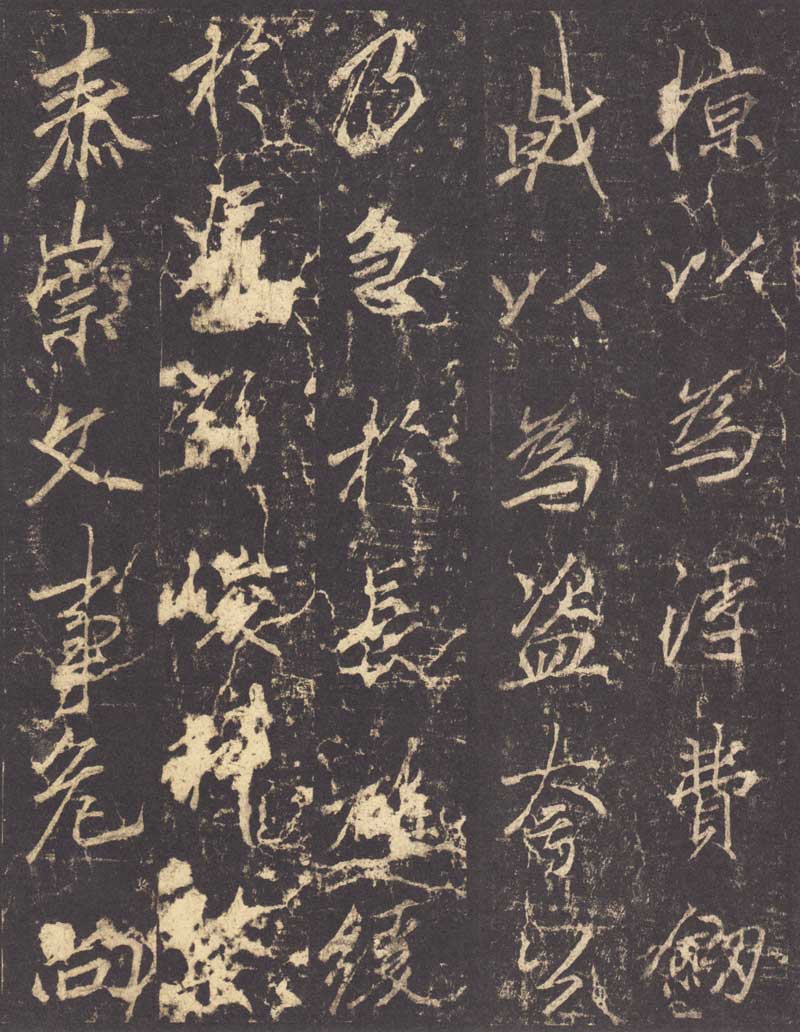
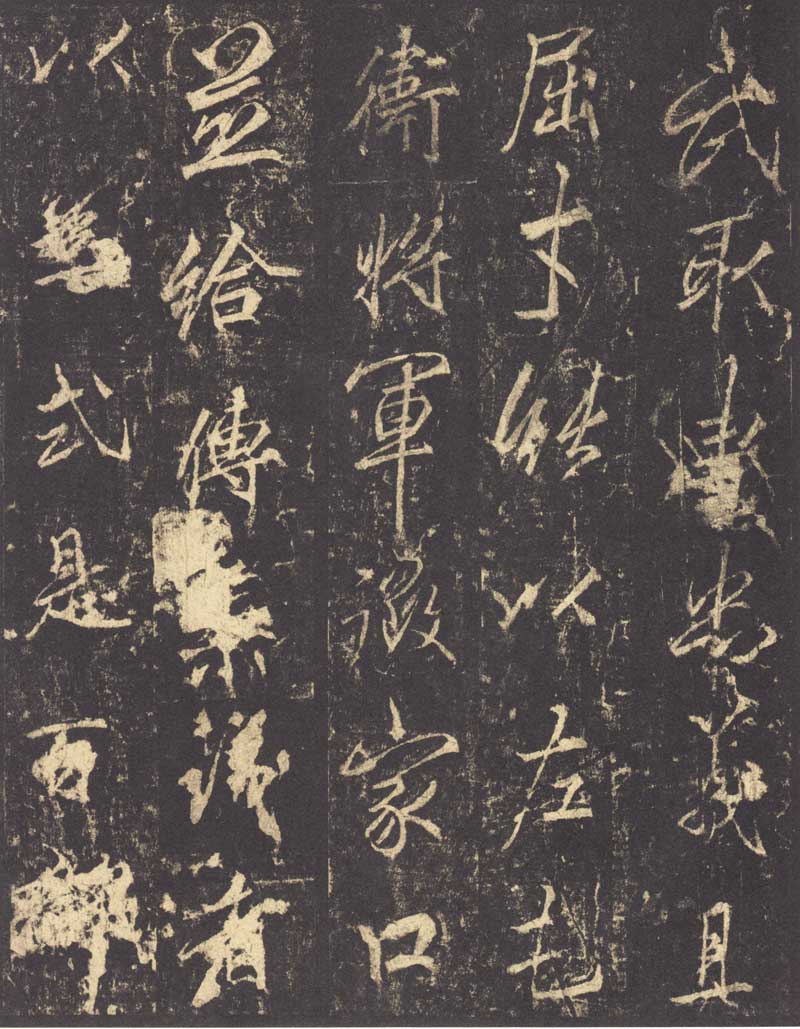
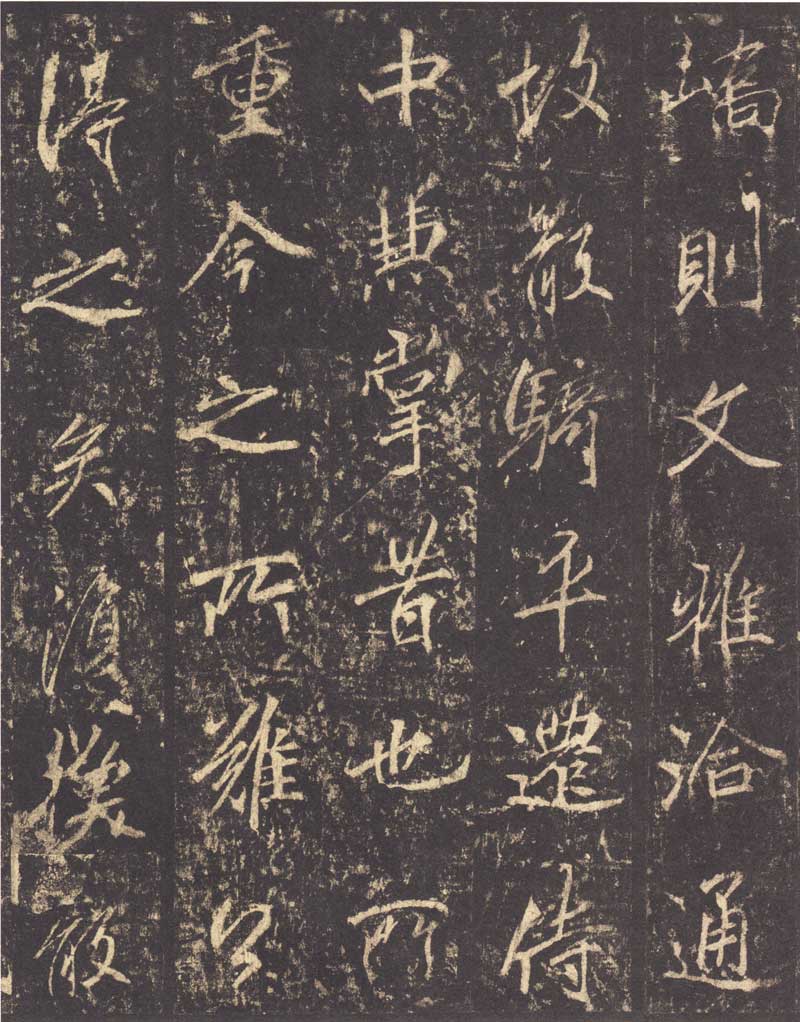
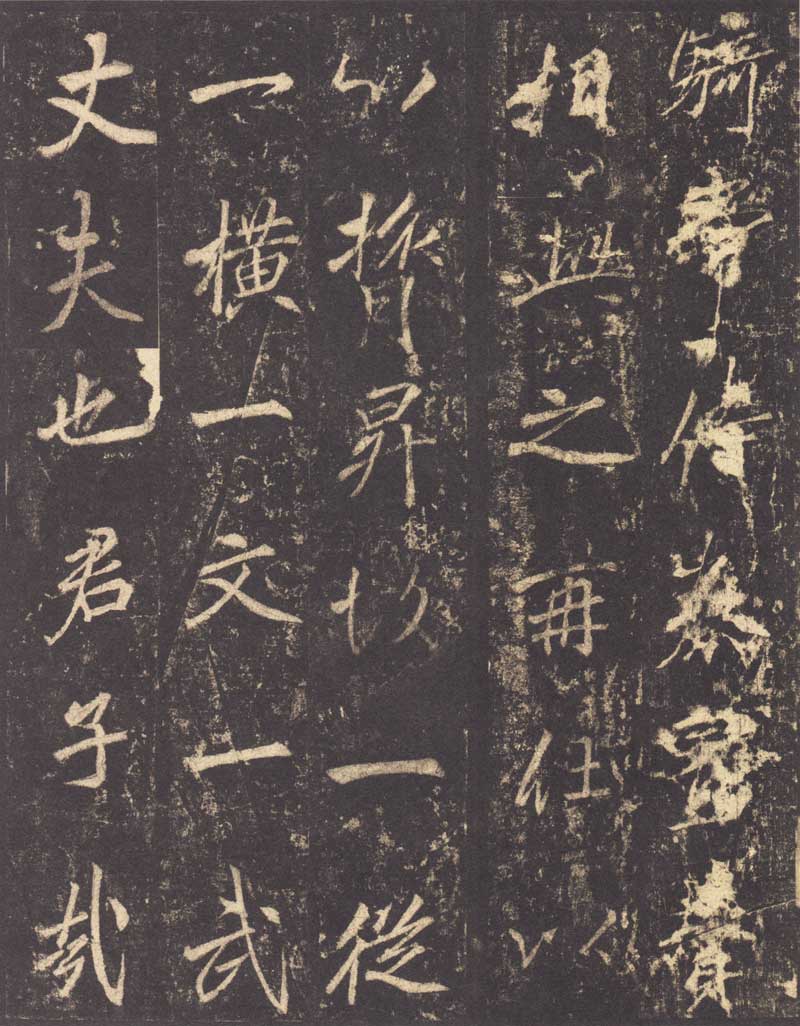
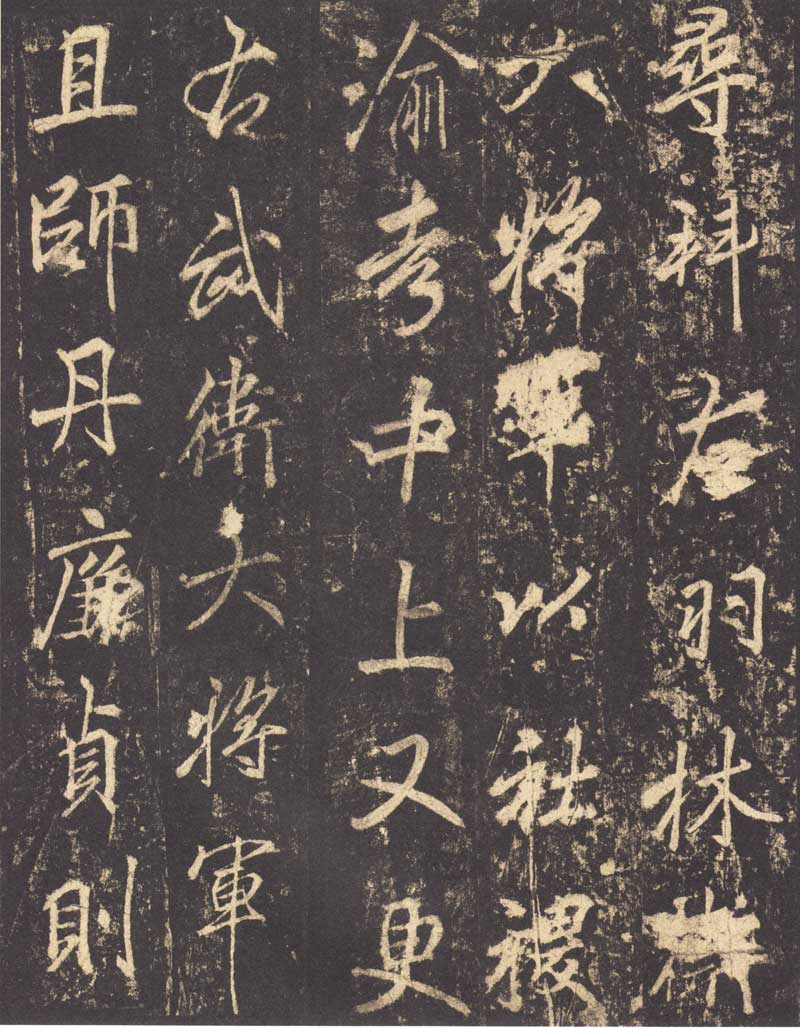
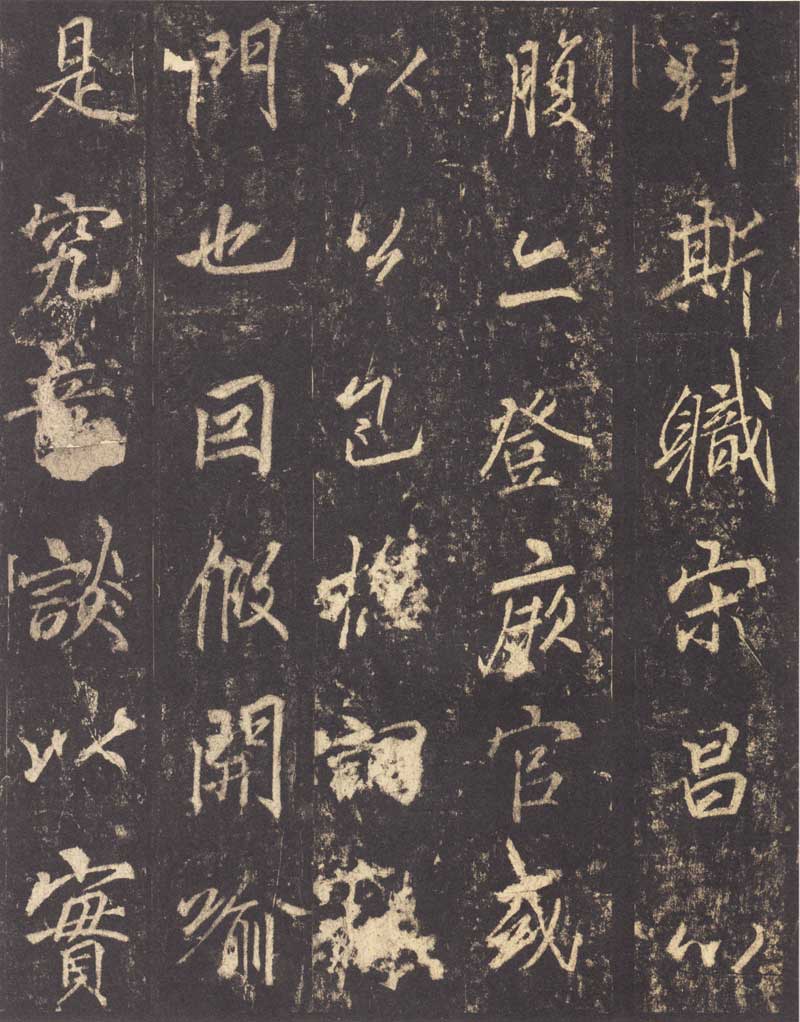
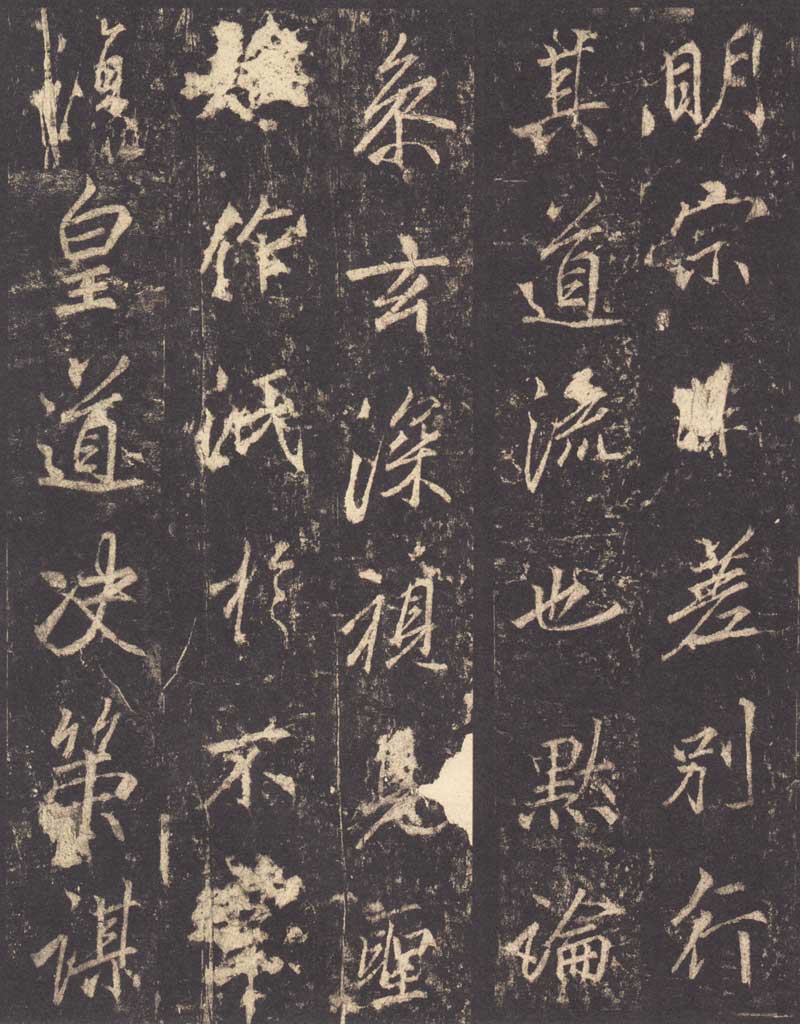
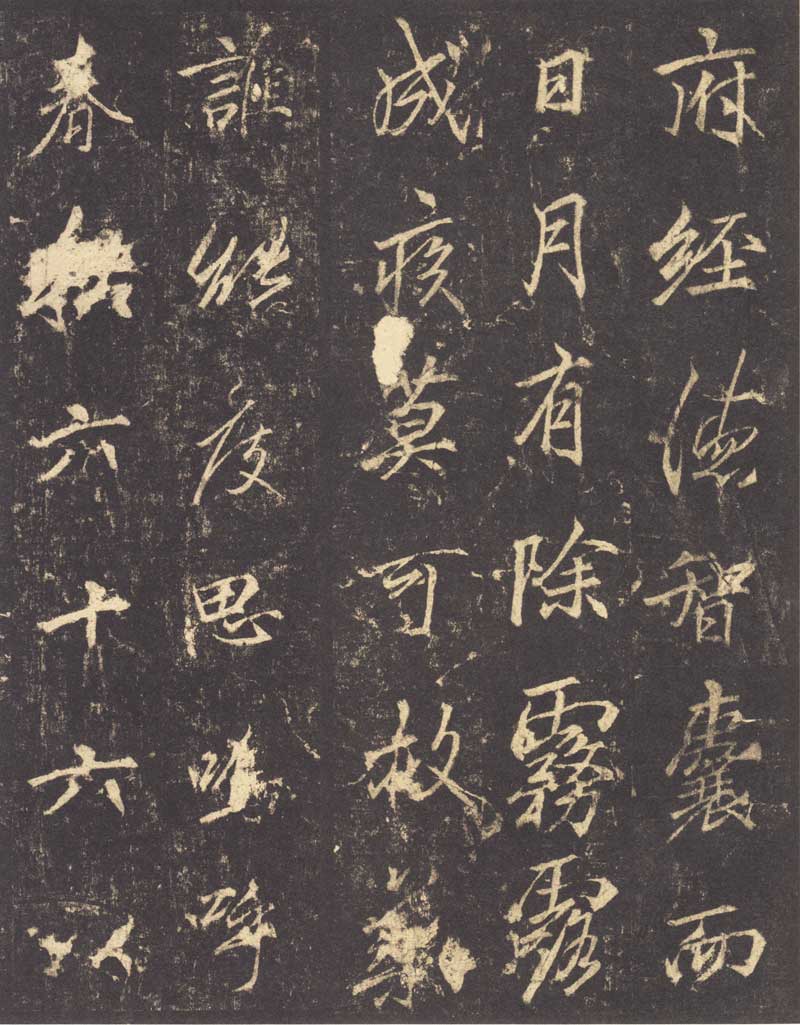
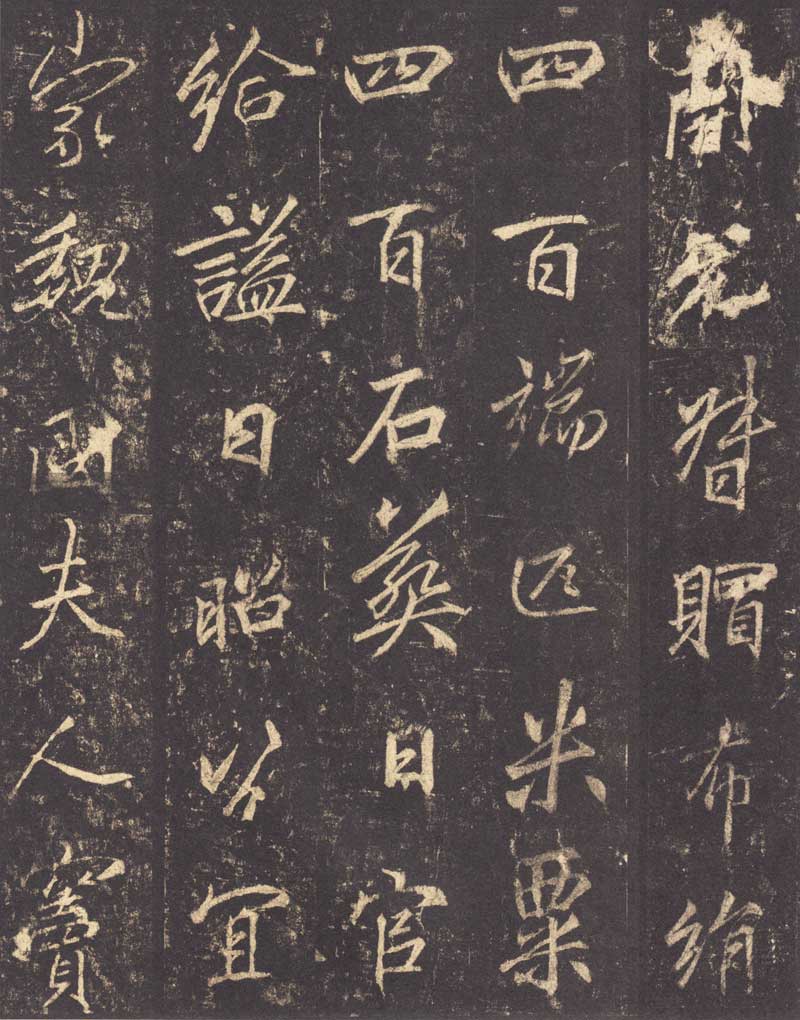
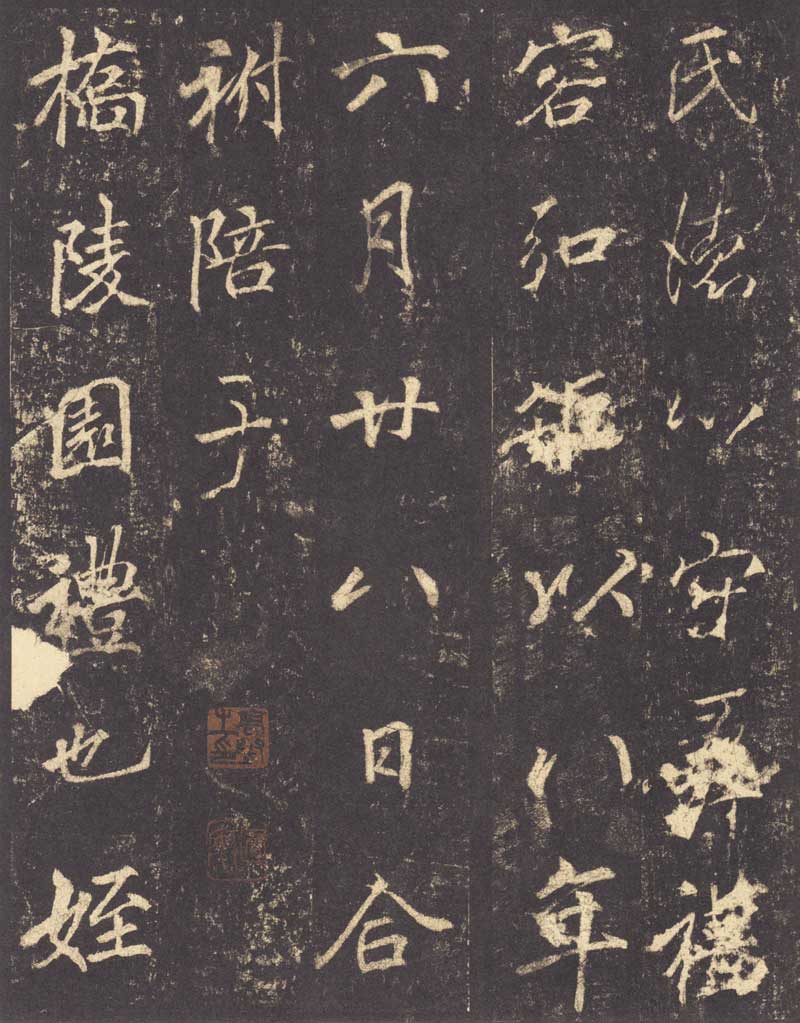
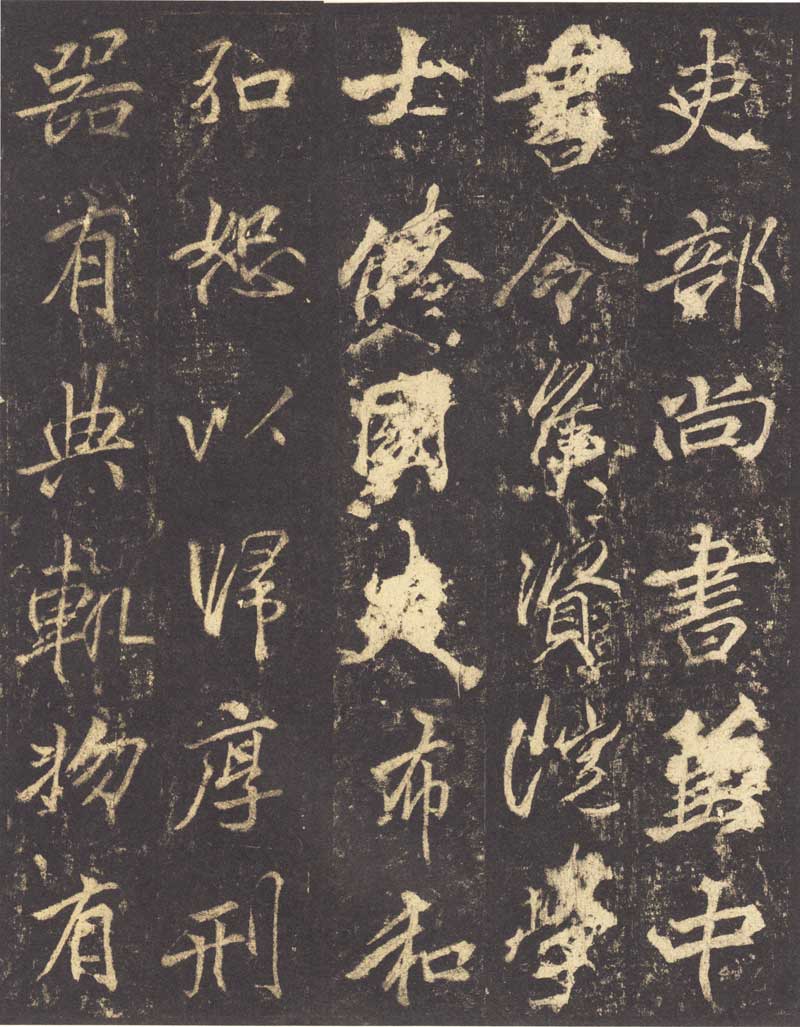
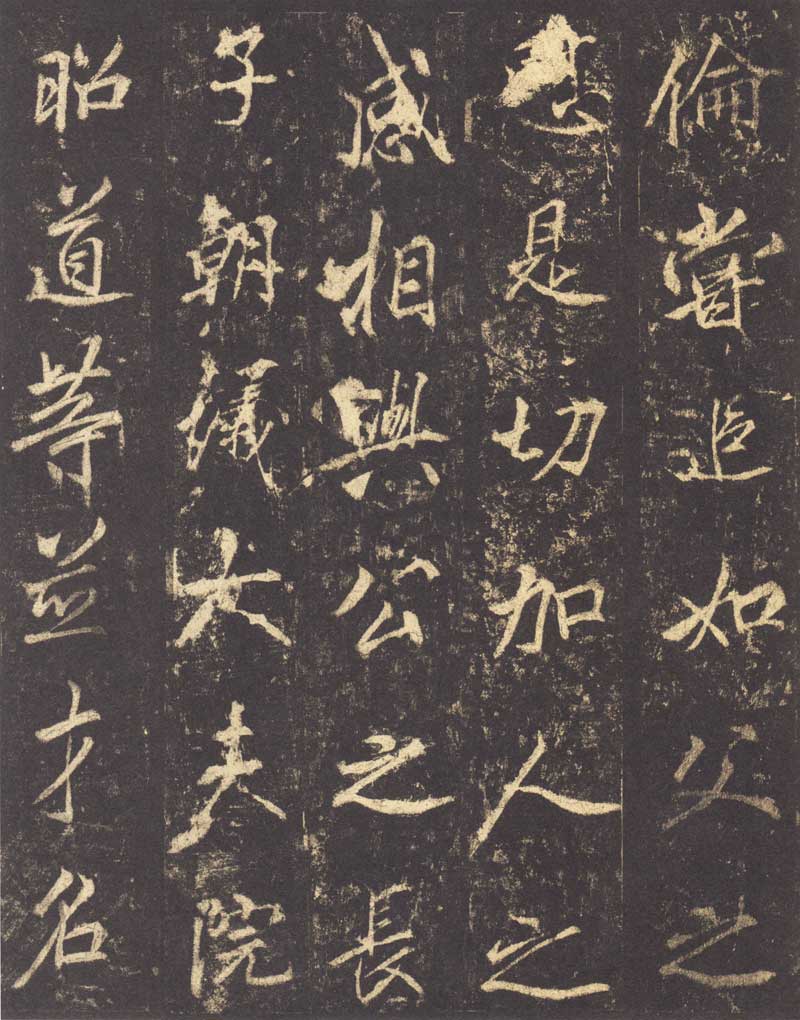
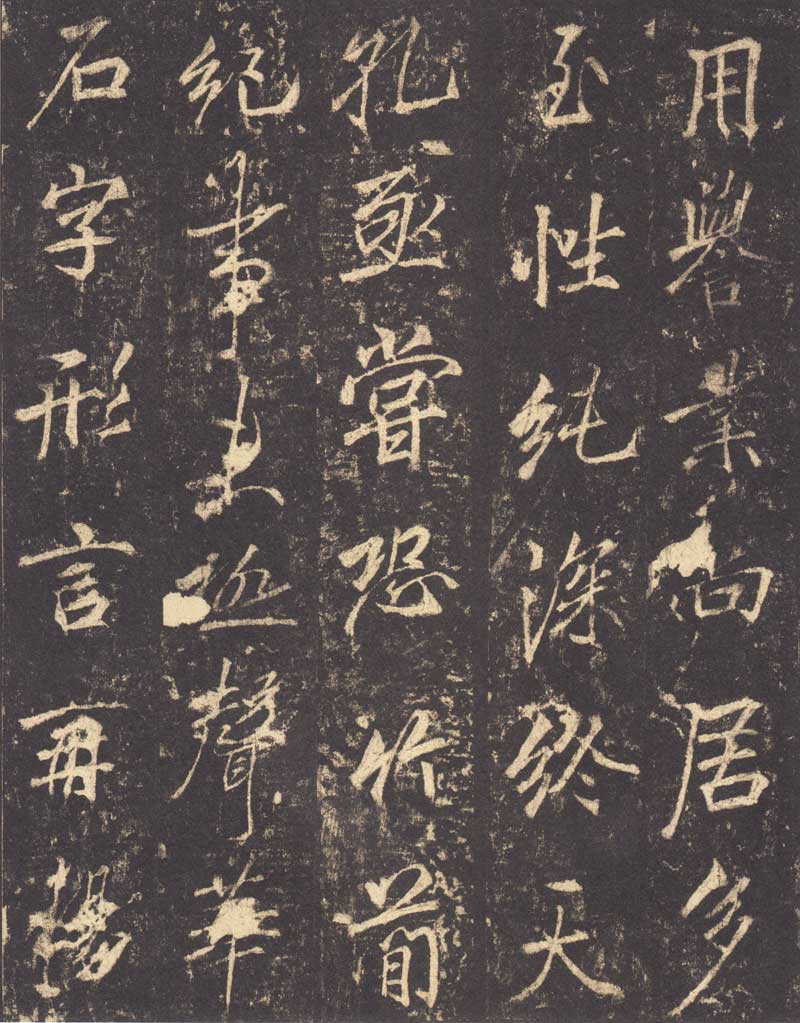
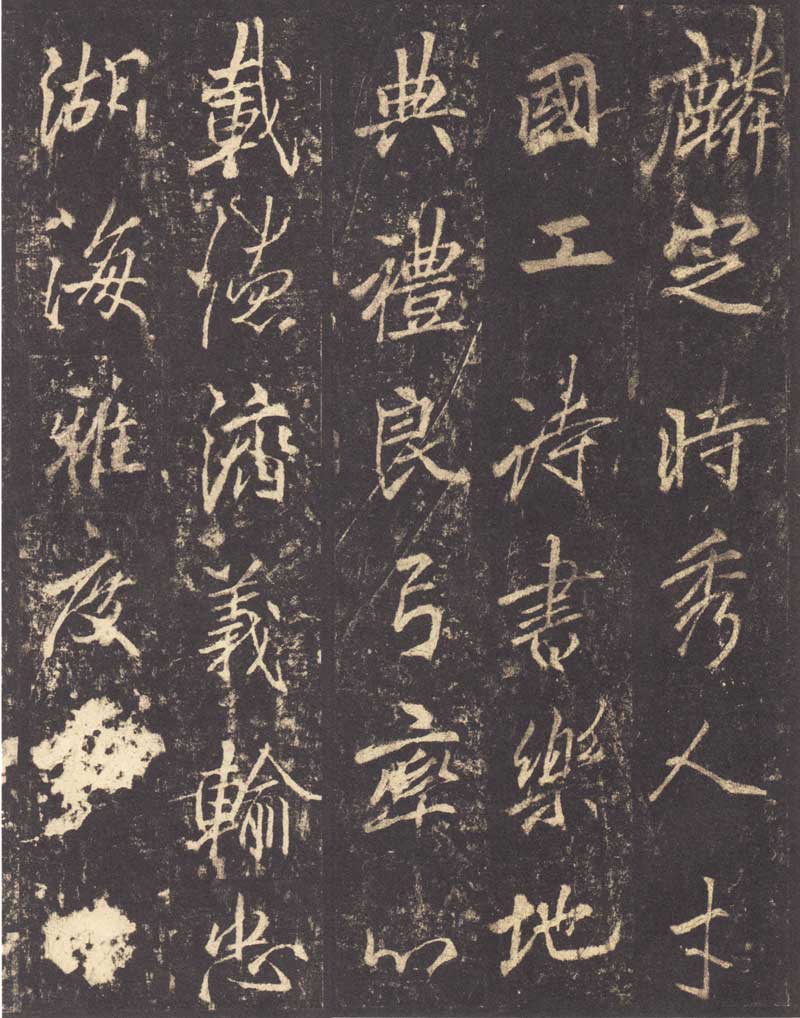
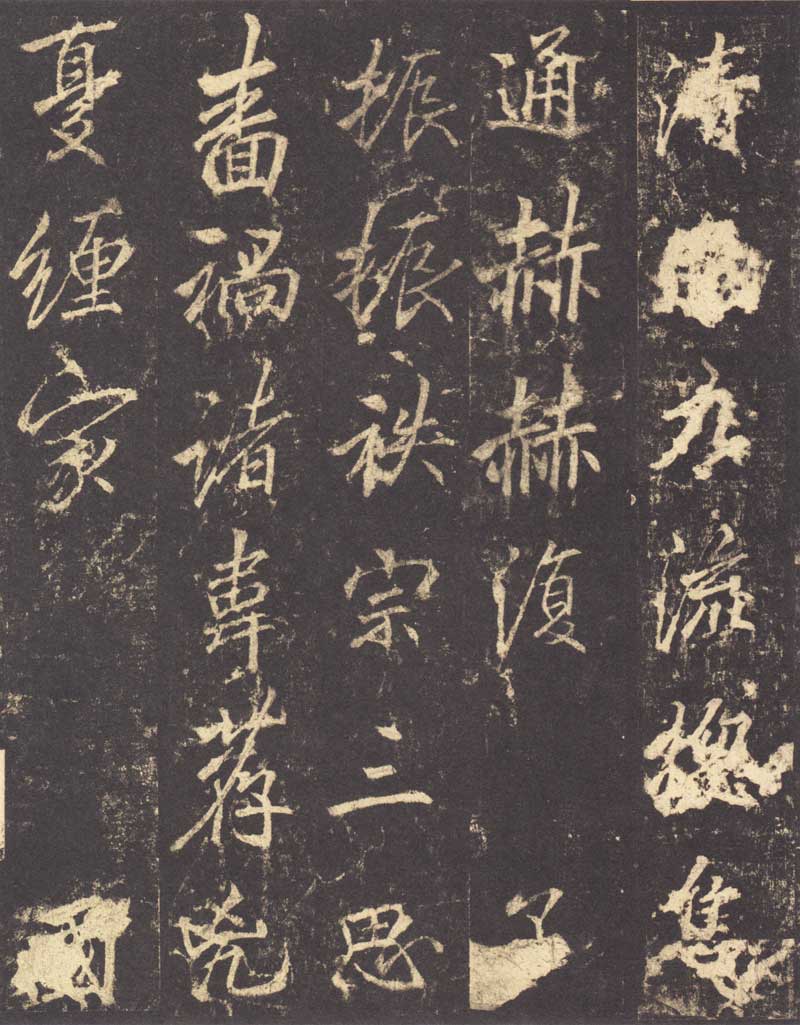
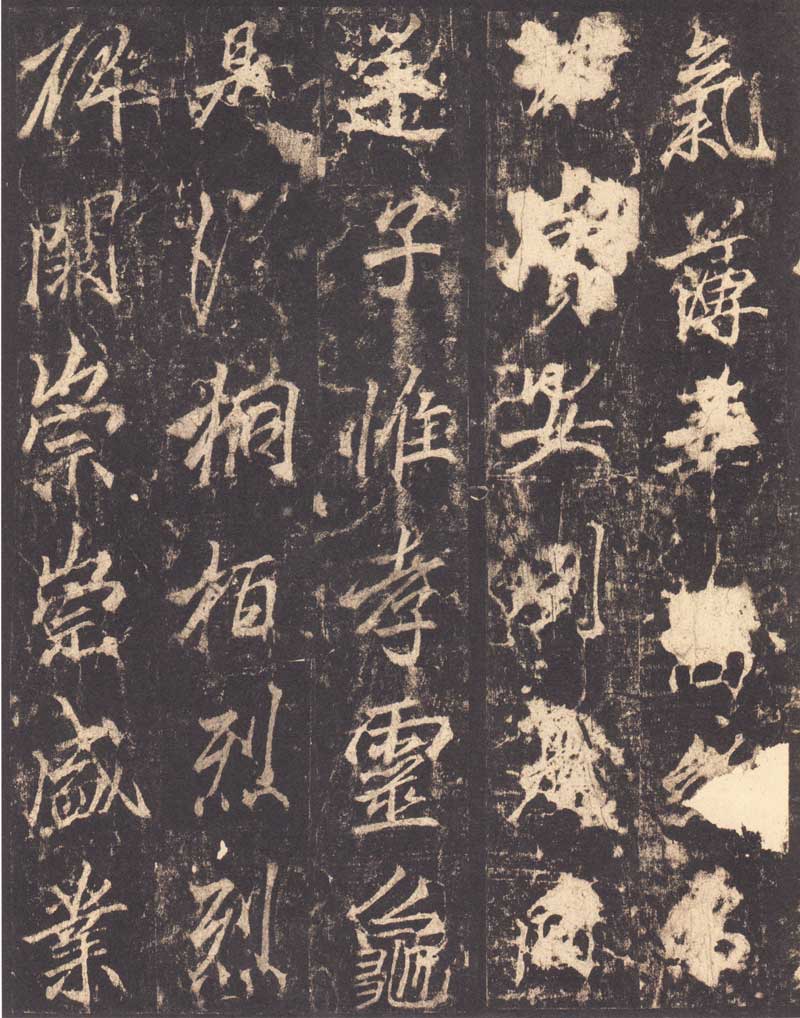
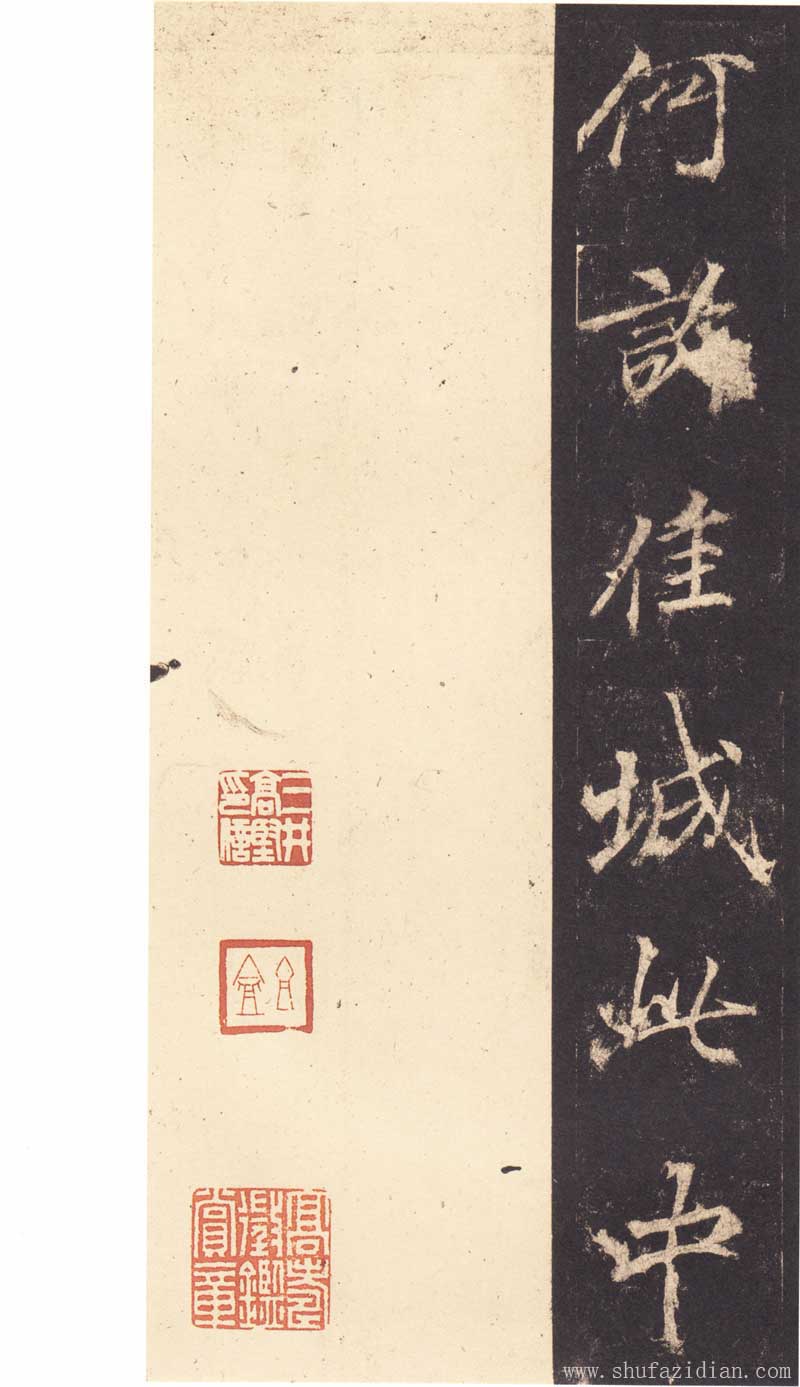
The calligraphy of this stele is thin and vigorous, awe-inspiring and powerful. The knots are long and vertical, strangely smooth, and its ups and downs are moving and moving. It has always been praised together with the "Lushan Temple Stele". Yang Shen of the Ming Dynasty said in "Yang Sheng'an Collection": "Li Beihai's "Yunhui General Stele" is the first." Qing Kang Youwei's "Guang Yi Zhou Shuang Ji": "If it is a Tang stele, Huairen's "Holy Teaching" "Preface" will not be discussed further. In addition, there are three steles that can be learned: "General Yunhui" by Li Beihai, which contains strange changes in the rules; "General Pei" by Yan Pingyuan, which hides the method of division in Fencai; "Mrs. Linghu's Epitaph" is full of twists and turns, and every gleam can be seen. It can be a good stone tablet for learning running calligraphy, and its brushwork has its place." Liang Qichao said: "The Beihai tablet is based on four descendants, Yunhui ("Li Sixun Tablet") ) You Jilong’s leaping tiger’s crouching posture.”
Li Yong's calligraphy starts from the "two kings", which can penetrate into the inside and out of the outside. The pen used in this stele is thin and strong, with both square and round shapes. The font is slightly slanted, but it does not lose its solemnity. Its stability is even more evident in the strange danger. This kind of bold and vigorous spirit has not been shown in the running script since the second king of the Eastern Jin Dynasty. Li Houzhu said: "Li Yong gained the spirit of a right general but lost his physical strength." It just shows that Li Yong is good at learning. "Xuanhe Shupu" said: "Yong is good at calligraphy and ink, and the name of cursive calligraphy comes from the author. When he first learned the right general's calligraphy, he got rid of the old habits and gained a new writing power." Since the Wei and Jin Dynasties, all inscriptions and stone inscriptions have been written with After entering the Tang Dynasty, Li Yong changed to running script and wrote steles. The personality of calligraphy is very obvious. The characters are high on the left and low on the right, and the writing force is stretched and vigorous, giving people a sharp and refreshing feeling. He advocates innovation, inheritance and development of ancient calligraphy. He once said: "Those who are like me will want to be vulgar, and those who imitate me will die." Su Dongpo and Mi Yuanzhang both absorbed some of his characteristics. Zhao Mengfu of the Yuan Dynasty also pursued his style of writing and learned the "elegant and elegant" calligraphy realm from it. . Du Fu wrote a song with a beautiful saying: "The sound is as bright as the pen, and the rich and clear system is scattered." He is admired by the world, and everyone is like this. In July 2008, the Zhejiang Provincial Department of Education used Li Yong's calligraphy fonts in writing textbooks for upper primary school and junior high schools as the "Writing" textbook for compulsory education in Zhejiang Province. I believe that in the not-too-distant future, the Chinese character Li will enrich the world just like the Chinese character Wang.
"Li Sixun Monument"Collection of the National Palace Museum in Taipei:






